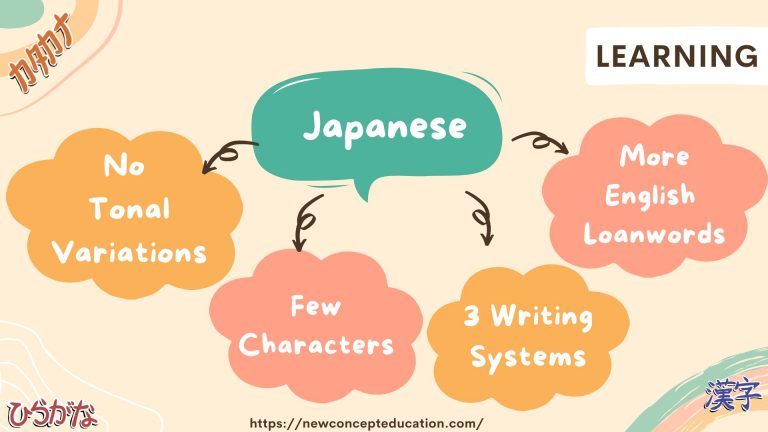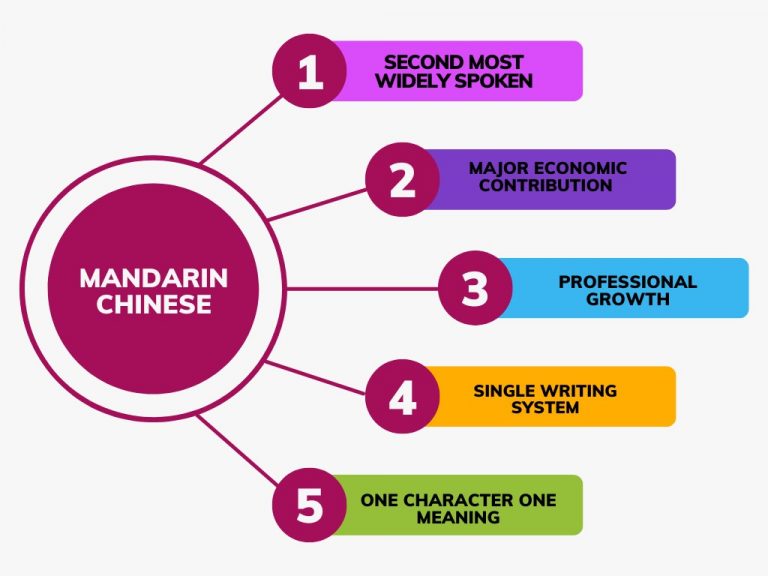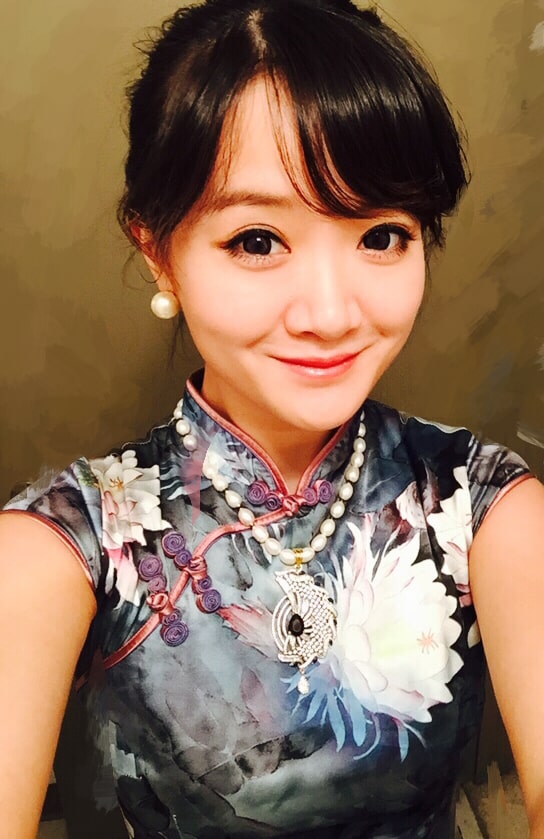9 Suggestions: Should I learn Chinese or Japanese?

Clear Guidance for Learn China or Japanese
Are you planning to learn a new language? Is your mind juggling with the question: Should I Learn Chinese or Japanese? To know what will suit you the best, answer the following questions:
- How fast do you want to master a new language?
- How much effort do you want to put in?
- What are your learning goals to learn a new language? For travel, family communication, job opportunities, or interest in culture?
The Things That You Need To Know
Besides knowing your situation to learn Chinese or Japanese, you need to know the similarities and differences between the two. If you have no plans to immigrate or work in Japan, we will recommend you learn Chinese first. Here is a brief comparison we have put together after thorough research and a survey.
1. Chinese vs. Japanese Complexity
Some people say that Chinese is difficult. The truth is that Chinese is easy to learn, speak and read. The only tricky part is the tonality variations.
2. Tonality and Phonetics
Tonality is the only principle that makes learning Chinese a bit tricky. However, you can get it under your belt with practice. The Chinese language uses a plethora of phonemes and four tones: high, rising, flat, and falling. Technically, there is a fifth tone, neutral, which means toneless. Some people complain that using the wrong tone can alter the meaning of a Chinese word. However, learning Chinese always relates to context rather than learning vocabulary individually. It is easy to understand what native speakers say if you put the words into context. Without context, even native Chinese speakers will feel frustrated too. And they may ask you to provide more details to know which word you are talking about. So, you should be cautious; if you sign up for a bad Mandarin class, they may just teach you Chinese vocabulary without context. That will make you feel Mandarin is hard to learn!
Compared with Chinese, Japanese has limited phonetics and doesn’t use accents, which is one of its main advantages.
3. Grammar
The Chinese language is grammatically very simple. It does not extensively include verb agreements, conjugations, or gendered words. Also, Chinese grammar structure is very similar to the grammatical structure of English. For example, “I eat apples”, Subject+ Verb+ Object. In Chinese, the structure is the same. They say: 我wǒ (I) 吃chī (eat) 苹果píng guǒ (apples). Moreover, Chinese language is like kid’s talk, because of the way simple words are compounded together to create more complex words. Even if sometimes you speak a grammatically incorrect sentence, Chinese people can still understand what you said. It will not impact your communication.
In contrast, Japanese is an agglutinative language (many more minor morphemes) and uses several verb, adjective, and noun conjugations. In a nutshell, Japanese grammar is more strenuous to comprehend than Mandarin Chinese.
4. The Reading System
Tracing back to ancient times, ancient Chinese used images to express words. For example, the character for mountain ⛰️ 山shān , looks like a mountain. Over time, Chinese characters evolved from these images. Chinese characters also have radicals. Radicals are building blocks that help you read and understand the meaning of characters. For example, the radical 女(female)is used in many other characters: 妈妈 mā ma (mother),姐姐 jiě jie (older sister), 姑姑gū gu (aunt). Although you may not recognize the characters, if you know the radical you can guess that the words have something to do with women. This makes reading Chinese much easier.
The Japanese characters include Chinese characters, plus Katakana and Hiragana. It is difficult to comprehend and requires extensive practice. In real life, you will see Chinese characters, Katakana, and Hiragana mixed together in one sentence or a paragraph. You need to learn all three in order to understand the meaning.
5. The Writing System
Mandarin Chinese uses only a single writing system. Chinese people call it “hanzi”. There are both traditional and simplified formats. Nowadays, mainland China uses simplified characters, making it easy to write. Hongkong, Macao and Taiwan write using traditional characters. For example: the character China “中国”zhōng guó (simplified format) and 中國 zhōng guó (traditional format). The traditional format has more strokes to learn than the simplified format, but it keeps more closely with ancient Chinese culture—the characters are closer to the original images they evolved from.
The Japanese use three writing systems: Katakana, Hiragana, and Kanji. Katakana and Hiragana are comparatively easy since these systems include alphabets. But, Kanji is a logographic writing system, the same one used by Chinese. In other words, the kanji characters are taken from traditional Chinese characters.
6. The Number of Characters
To handle common life situations and communicate with Chinese people, you only need to master 2000-3000 Chinese characters. As mentioned above, each Chinese character has a single meaning, and the Chinese language just compounds single characters together to create more complicated words. It is like playing with Lego; putting different pieces of Lego together to build up different things. If you know 2000-3000 words, you can freely express what you want to say. Compared with English, you must master at least 7000-8000 words to handle common life situations, which is almost 3 times the learning effort of Chinese.
In contrast, Japanese uses about 1000 to 2000 characters, but each character has two meanings. And in real life, the Katakana, Hiragana, and Kanji are mixed in one sentence, which means you much recognize and speak the three formats of characters so that you can communicate with people.
7. Loanwords
Loanwords are words borrowed from other languages. Chinese includes many loanwords, such as coffee (kā fēi 咖啡);chocolate巧克力(qiǎo kè lì),etc.
But compared to Chinese, Japanese borrows significantly more vocabulary from English. Therefore, it might help you a bit to learn Japanese if you speak English.

8. Chinese vs. Japanese Practicality and Growth
Chinese is the second most common language. Chinese speakers make up around 18.6% of the global GDP, placing it second next to English. Moreover, about 1.12 billion people (native and foreign) speak Mandarin Chinese. Does this number matter? Let’s take English as an example. Because it is a global language, non-native speakers always consider learning it as their first second-language. But what if you already know English? Indeed, Chinese is in the second rank of common languages and there is massive trading and business conducted in Chinese, with many chances for professional growth. There are plenty of good opportunities for you if you know Chinese, so learning Chinese is an excellent choice as a second language, for an English speaker.
For Japanese, over 125.6 million people speak the language. Japan has the third largest economy in the world by GDP. If you have no specific plans in Japan, but are interested in learning Japanese, we recommend you learn it after learning Chinese. Learning Chinese first will help you recognize Japanese Kanji characters and do some cultural comparison.

9. Chinese vs. Japanese Culture and History
Although both Chinese and Japanese cultures are fascinating, Japanese culture has absorbed many Chinese customs. In addition, people love to explore and acknowledge the exciting mysteries and secrets concealed for thousands of years in China behind the Great Wall. As a result, people love studying Chinese more than learning Japanese.
We Are Providing Resources
Learning Chinese is more advantageous and simpler than learning Japanese. But Chinese culture has not (yet?) hit the mainstream in the west like Japanese has, so there is a lack of readily available Chinese language media compared to Japanese, where Japanese anime and movies are very popular. This relative lack of resources is why we have established a “NewConcept Education” institute where you can learn Mandarin classes in Seattle/Bellevue, WA, via animated storytelling, and master basic Chinese conversation in about three months.
FAQs
How Long Does It Take To Learn Basic Chinese?
It takes about 3 months to learn basic Chinese conversation if you sign up for our twice-per-week Mandarin classes (the Monkey package). If you want to accelerate your Chinese learning, you can even master basic Chinese within 2-2.5 months if you sign up for our 3-times-per-week Mandarin classes (the Dragon package). But of course, you can also choose our once-per-week Mandarin class (the Panda package) if you need to balance your busy schedule, and master basic Chinese within 6 months.
Final Verdict
Whether you should learn Chinese or Japanese depends on your goals, but it is best to master Chinese first. The reason is that Japanese has three different writing systems—Katakana, Hiragana, and Kanji. As a result, if you learn Chinese before Japanese you will have mastered the most challenging aspects of Japanese before you even start learning it. Kill two birds with one stone. Furthermore, other advantages of learning Chinese have been explained above.



